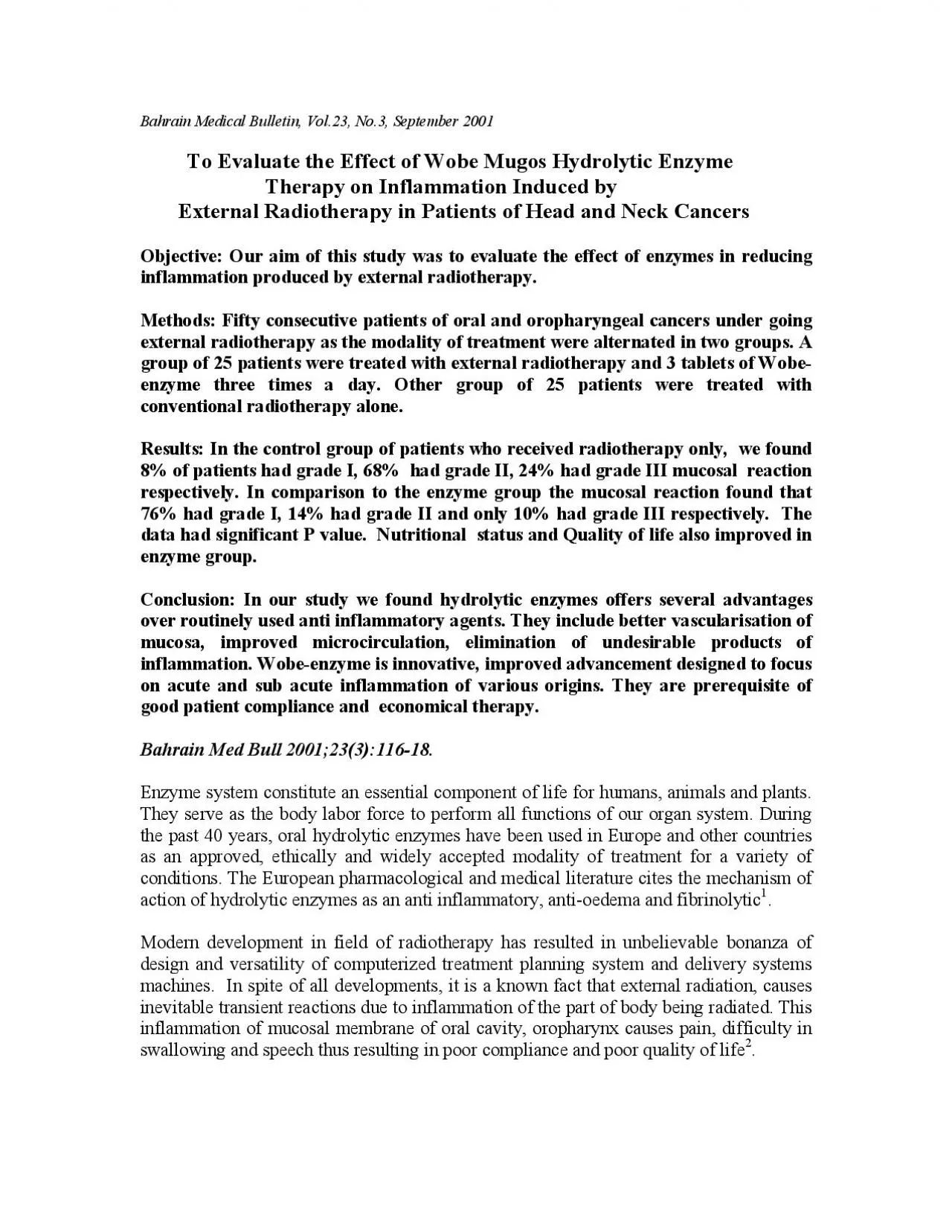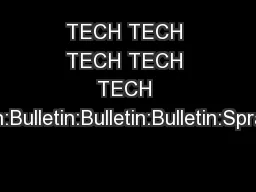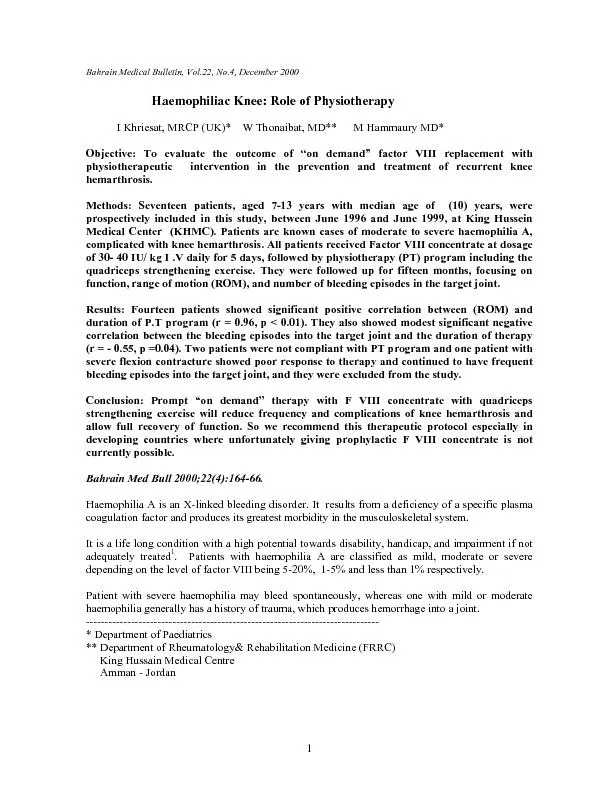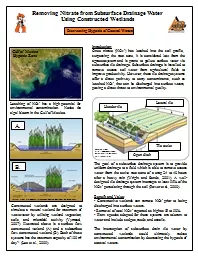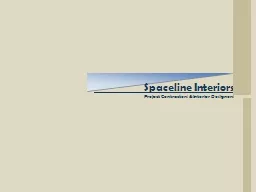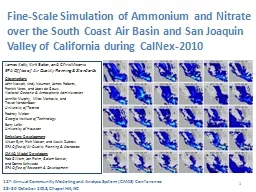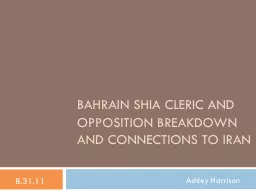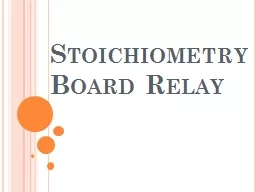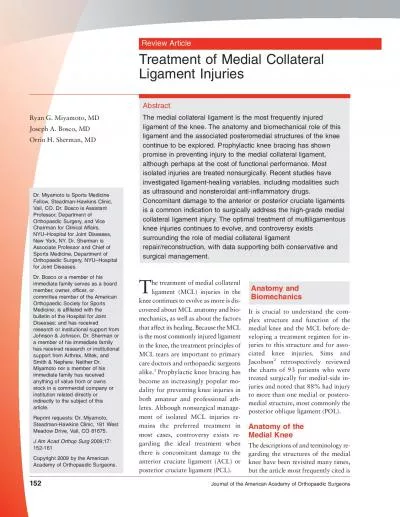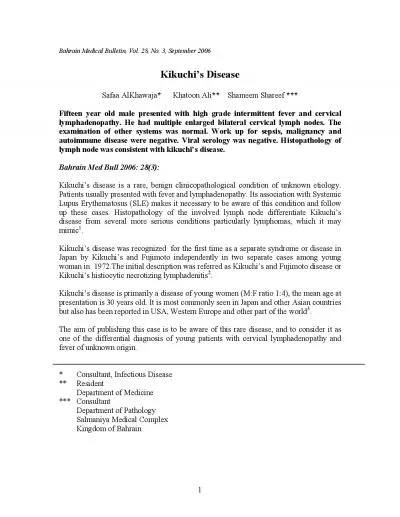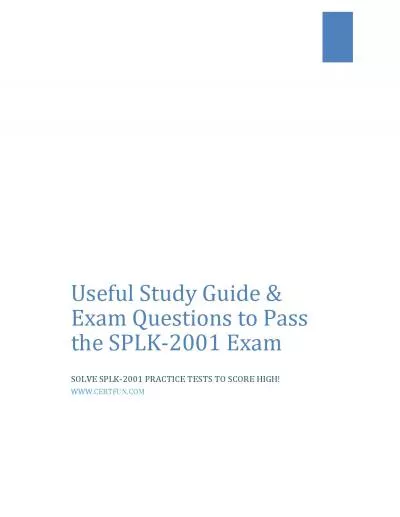PDF-Bahrain Medical Bulletin Vol23 No3 September 2001 be
Author : cadie | Published Date : 2021-06-15
In a country like India due to low socio demographic profile and inadequate medical facilities available patients come in advanced stage of disease So radiation
Presentation Embed Code
Download Presentation
Download Presentation The PPT/PDF document "Bahrain Medical Bulletin Vol23 No3 Septe..." is the property of its rightful owner. Permission is granted to download and print the materials on this website for personal, non-commercial use only, and to display it on your personal computer provided you do not modify the materials and that you retain all copyright notices contained in the materials. By downloading content from our website, you accept the terms of this agreement.
Bahrain Medical Bulletin Vol23 No3 September 2001 be: Transcript
Download Rules Of Document
"Bahrain Medical Bulletin Vol23 No3 September 2001 be"The content belongs to its owner. You may download and print it for personal use, without modification, and keep all copyright notices. By downloading, you agree to these terms.
Related Documents

